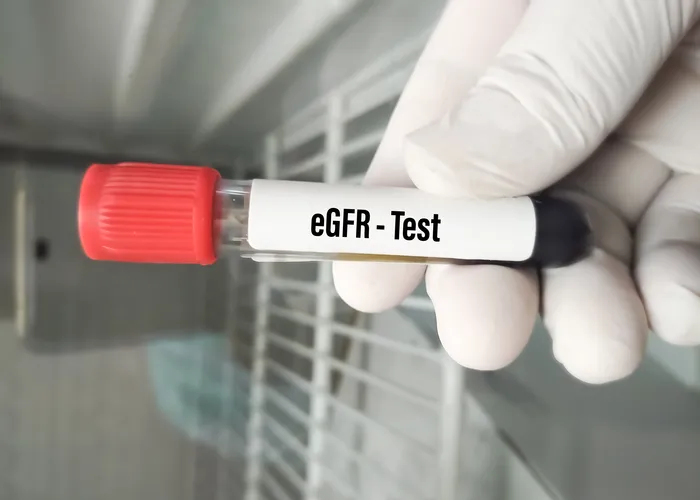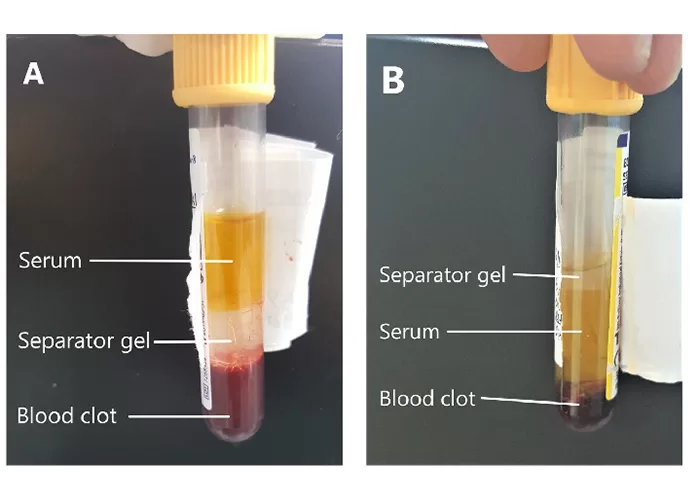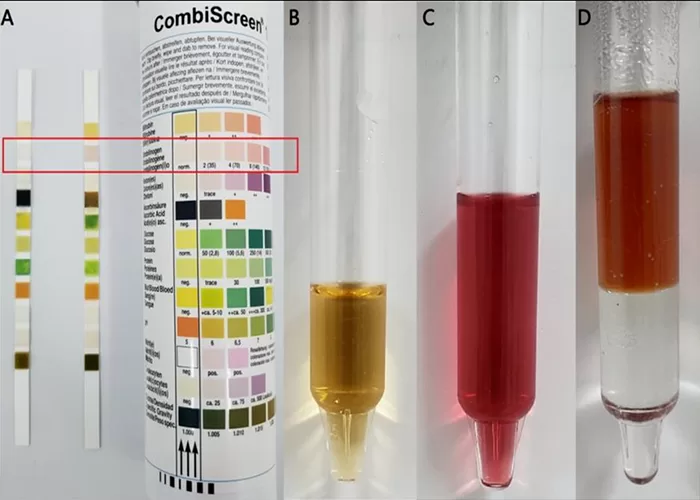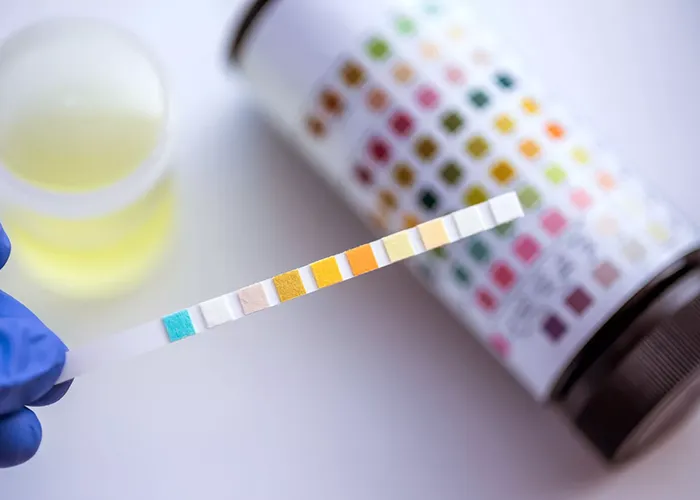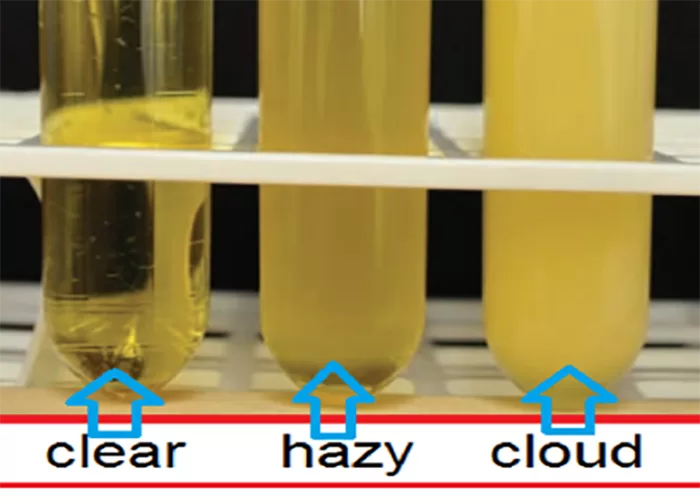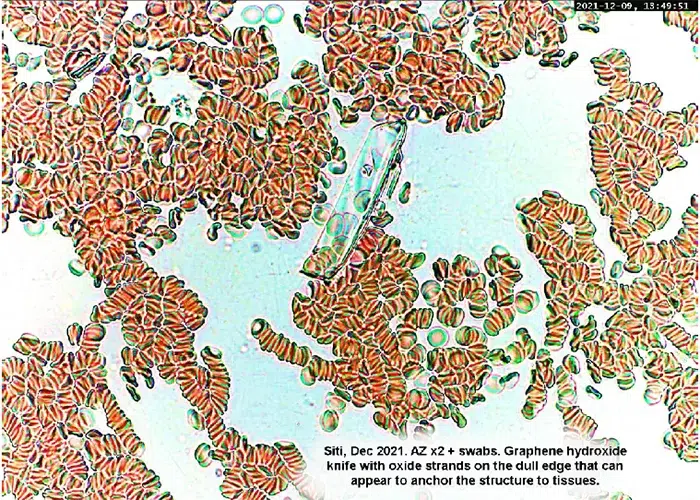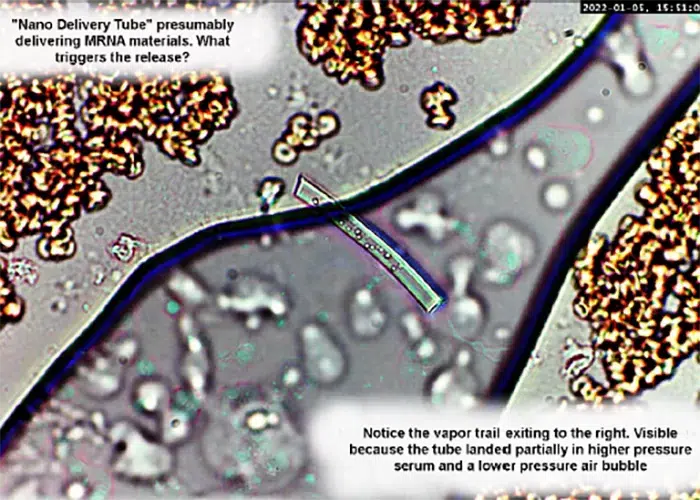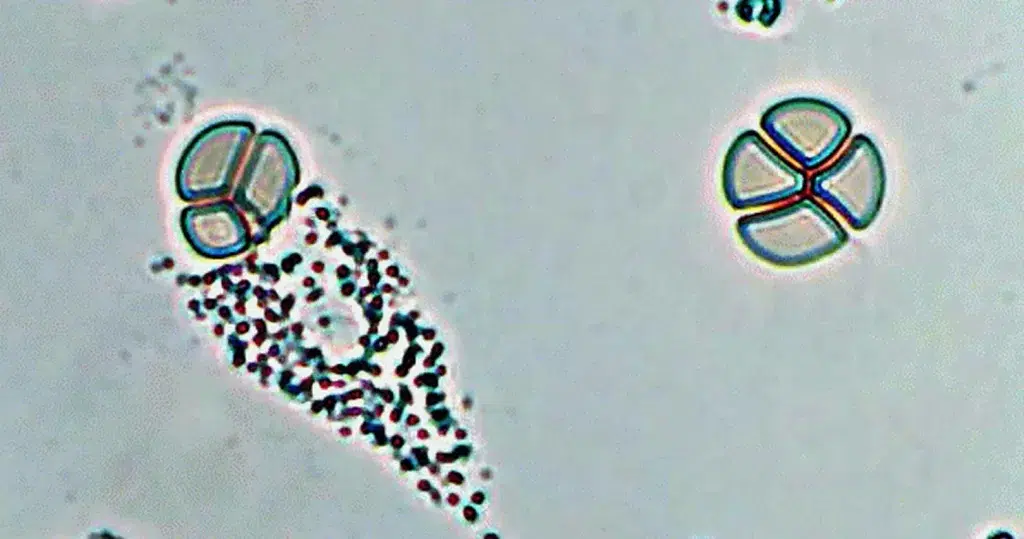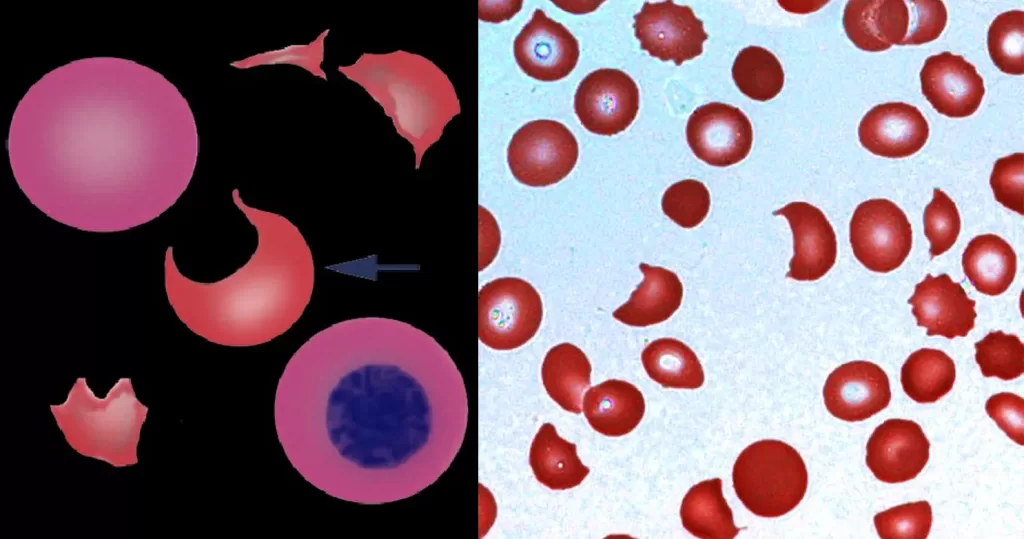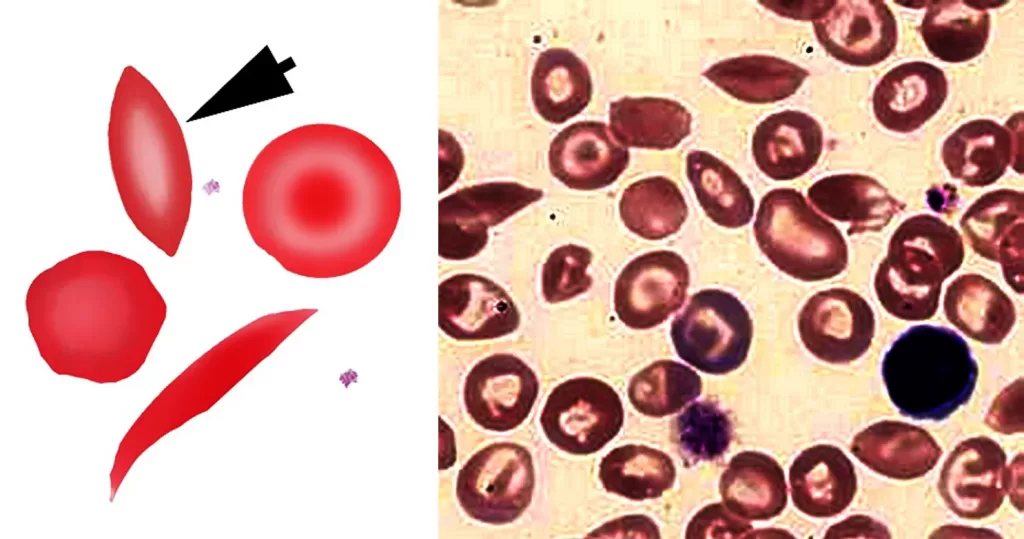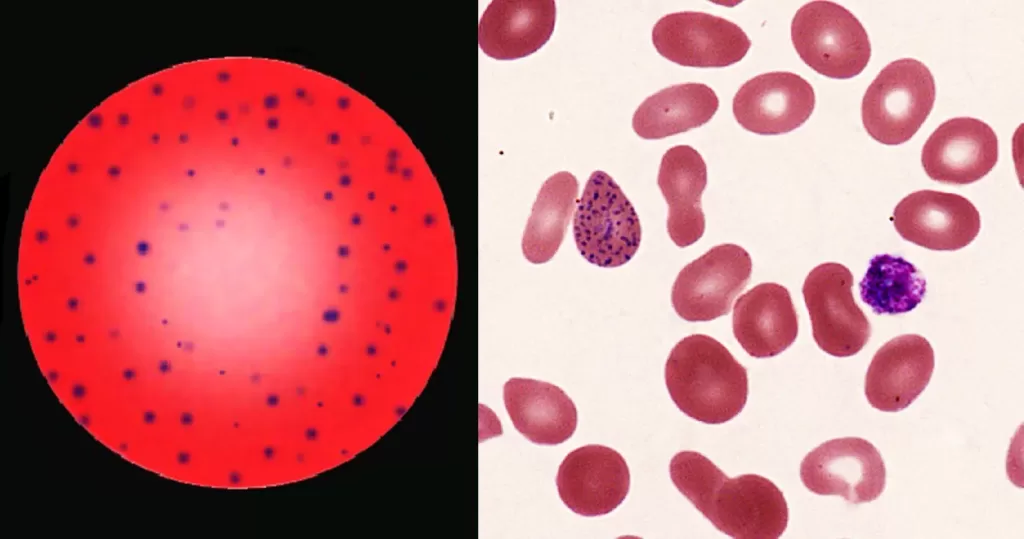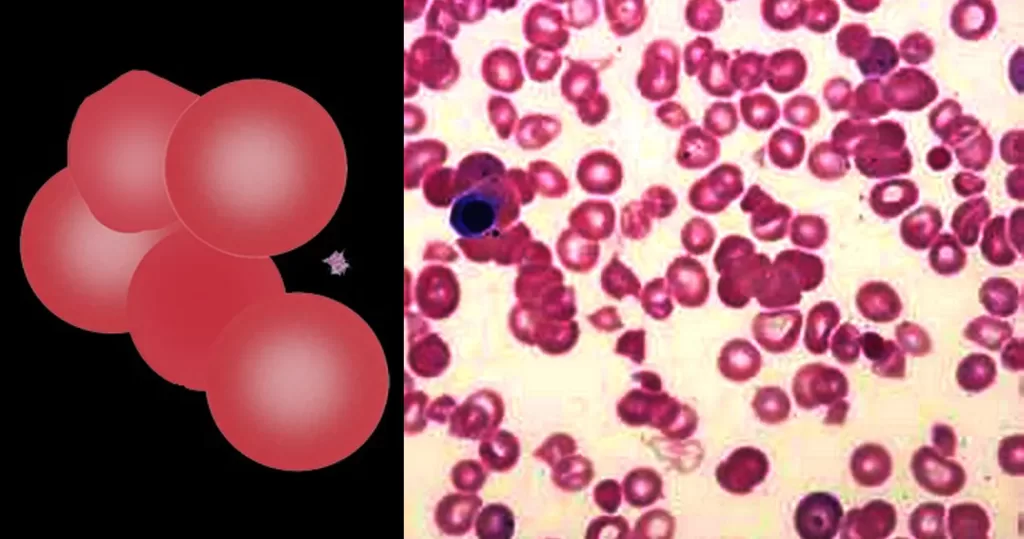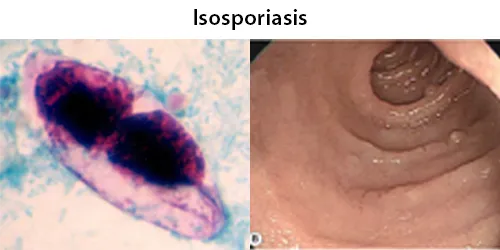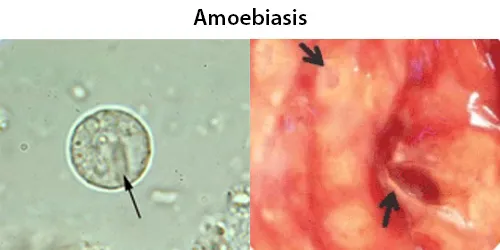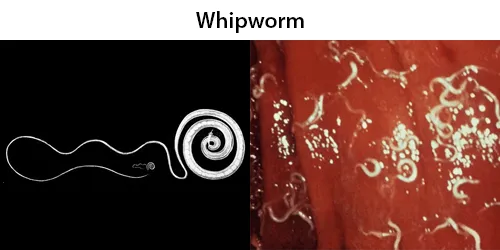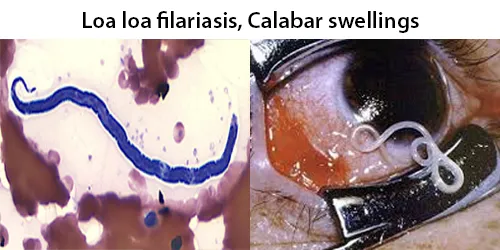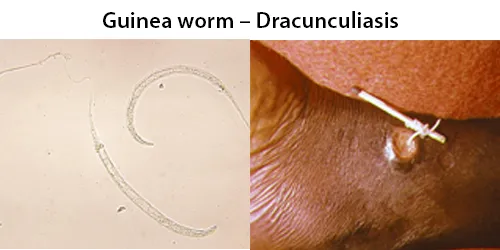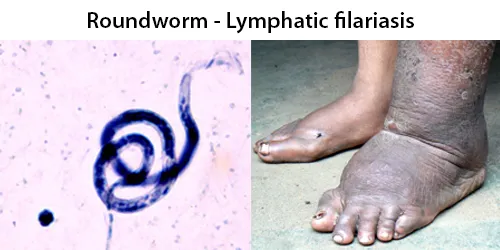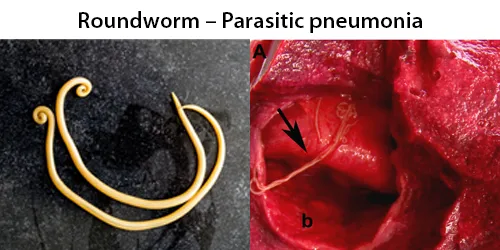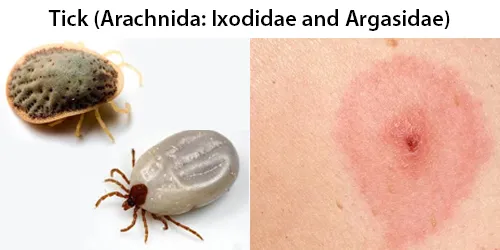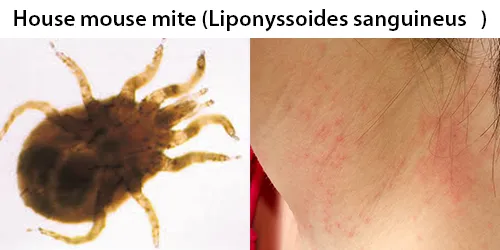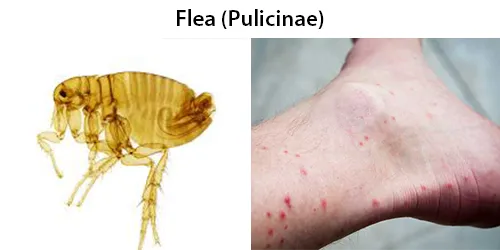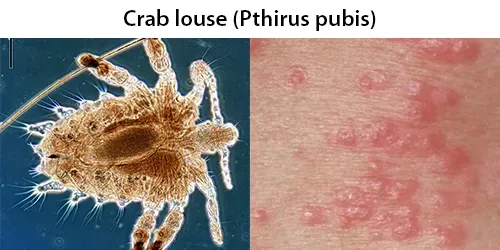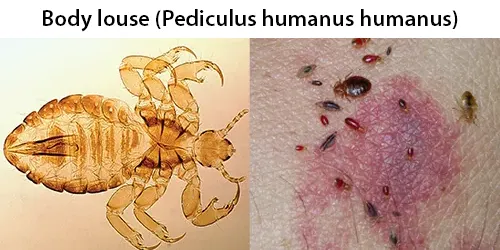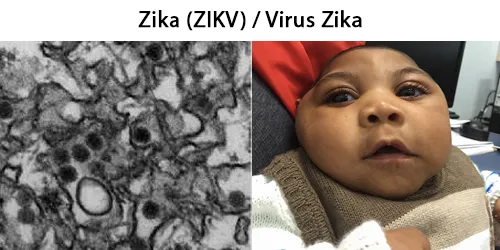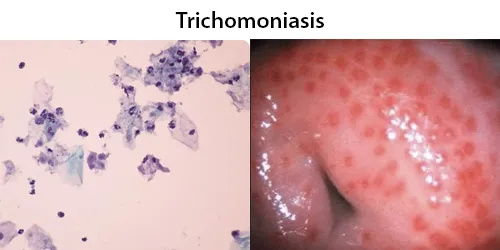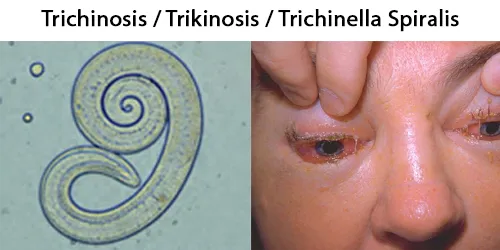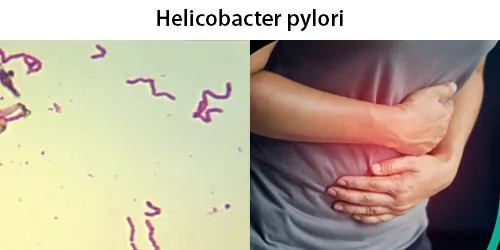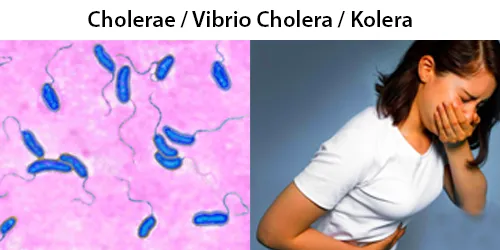Under the skin largest organ in your body
Find out more about the largest organ in your body…Our skin is the largest organ in our bodies with an average individual skin’s surface area measuring around two square metres and accounting for up to 16 per cent of total body weight. It is made up of three distinct layers. These are the epidermis, the dermis and the hypodermis and they all have differing functions. Humans are rare in that we can see these layers distinctly. The epidermis is the top, waterproofing layer. Alongside helping to regulate temperature of the body, the epidermis also protects against infection as it stops pathogens entering the body. Although generally referred to as one layer, it is actually made up of five. The top layers are actually dead keratin-filled cells which prevent water loss and provide protection against the environment, but the lower levels, where new skin cells are produced, are nourished by the dermis. In other species, such as amphibians, the epidermis consists of only live skin cells. In these cases, the skin is generally permeable and actually may be a major respiratory organ.
Although the hypodermis is not actually considered part of the skin, its purpose is to connect the upper layers of skin to the body’s underlying bone and muscle. Blood vessels and nerves pass through this layer to the dermis. This layer is also crucial for temperature regulation, as it contains 50 percent of a healthy adult’s body fat in subcutaneous tissue. These kinds of layers are not often seen in other species, humans being one of few that you can see the distinct layers within the skin. Not only does the skin offer protection for muscle, bone and internal organs, but it is our protective barrier against the environment. Temperature regulation, insulation, excretion of sweat and sensation are just a few more functions of skin.
_______
Putting It on Your Skin Does Let It in: What’s in Skin Care and How It Affects Your Health
You might have heard that sure, parabens and other chemicals in your skin care are bad if ingested, but they can’t penetrate your skin so you don’t have anything to worry about. The fact is, much of what we place on our skin is absorbed into our bloodstream. Just think about nicotine and birth control patches. We administer effective doses through the skin to our bloodstream, enabling us to forgo a daily oral pill in lieu of a patch that prevents pregnancy. Or a patch that keeps nicotine in our system without the side effects of smoking, allowing us to wean off of an addiction. While there may be some chemicals that are too large to enter our bloodstream, many are small enough to penetrate.
In 2005, the Environmental Working Group published a combination of two studies that found toxic chemicals in the umbilical cord blood of newborn babies born in the U.S. in the fall of 2004. They screened for more than 400 chemicals, and an astounding 287 toxins were detected within the umbilical cord blood of these newborns.
Of these 287 chemicals, 217 were neurotoxins, and 208 are known to damage growth development or cause birth defects. These toxins included mercury, polyaromatic hydrocarbons (PAHs), polybrominated and polychlorinated dibenzodioxins and furans (PBCD/F and PBDD/F), perflorinated chemicals (PFCs), organochlorine pesticides like DDT and chlordane, polybrominated diphenyl ethers (PBDEs), polychlorinated napthalenes (PCNs), polychlorinated biphenyls (PCBs), and many others. These study results have been largely ignored by the media.
Since we know without debate that some chemicals can and do enter your bloodstream through topical application, I you’re better off doing your best to avoid all known harmful chemicals on the chance they are entering your bloodstream.
The task of scrutinizing every ingredient in the bevy of daily products the average consumer uses can be daunting. Start with the products that are having the most negative impact. The next thing you want to think about is the level of exposure you’re getting from the products you’re using. Different products mean different levels of exposure and concern.
For instance, if you use a lotion all over your body and it soaks into your skin all day, you’re getting a lot more exposure to those chemicals than if you were to use the same ingredients in a face cleanser that is quickly washed off. So be strategic try to get the best ingredients in products that you have a lot of exposure to (shampoo, lotion, sunscreen,
etc.), and if you want to, relax your standards a bit for products like hand soap.
When we try to be perfect, we get paralyzed. It can get so overwhelming to constantly worry about each ingredient in every product that we just want to forget the whole thing and buy a bar of soap already. The way to avoid this is by choosing when to demand a certain standard and when to relax. That way you don’t have to worry about every ingredient all the
time and you can still drastically improve the overall quality of your beauty products.
Top products to look for cleanest ingredients:
1. Anything you soak in (ie bubble bath)
2. Anything you apply and do not wash off, such as lotion, face and body creams, and oils
3. Body powder
4. Shampoo and conditioner (which is a wash off, but has high exposure due to where you use it and the way it washes over your entire body)
5. Any product you put on your child
Products that have limited exposure (so you can relax your standards if you choose):
1. Eye shadow
2. Nail polish remover (unless you are changing colors daily)
3. Hand soap
4. Blush
5. Leave-in hair care products while it may seem confusing to have leave-in hair care products in the limited exposure and shampoo and conditioner as high exposure, there is a difference in application and exposure (not chemical content). Leave-in products are applied out of the shower (so the product is not washing all over your body), and they are also not applied on the scalp (only on the hair itself where it is absorbed by your hair, not your skin). Additionally, when you rewash your hair a large percentage of the leave-in has been brushed or worn off, allowing for fewer chemicals to be washed over your body.
Top 10 products/ingredients to avoid, scrutinize or reduce use:
1. Talc-based powder
2. Nail polish
3. Baby shampoo: Do your homework well when choosing baby shampoo (and all baby products)! A chemical called 1,4-dioxane is all too common in most brands. Product tests released by author and researcher David Steinman found 1,4- dioxane in more than 12 different best-selling brands of both shampoo and bubble bath. And 1,4-dioxane is cited as a probable carcinogen by the U.S. Environmental Protection Agency and as an animal carcinogen by the National Toxicology Program. Unfortunately, this is a clear-cut example of the hidden dangers that lurk in your products that are not listed on the label. Because 1,4-dioxane is produced during manufacturing, the FDA does not require for it to be listed as an
ingredient on the labels of products.
4. Bubble baths
5. Hair dyes
6. Petroleum-based products
7. Fragrances
8. Deodorant
9. Skin primers made with silicone or other cone products
10. Baby wipes
My Top 10 Ingredients to Avoid:
1. Parabens
Parabens are taking all the heat and getting a bad rap. Parabens are used to preserve products, and the jury is still out on how harmful they are, but if we don’t need to be exposed to them, then why put ourselves in that position? Even if a product replaces parabens, they may use an equally bad or worse preservative, so check to see what the substitution is.
2. Formaldehyde
The following ingredients contain formaldehyde, may release formaldehyde or may break down into formaldehyde:
- 2-bromo-2-nitropropane-1,3-diol
- Diazolidinyl urea
- DMDM hydantoin
- Imidazolidinyl urea
- Quaternium 15
3. 1,4-dioxane (Remember, this isn’t listed as an ingredient. See above)
4. Phthalates
Not listed on the label; found in fragrance and other ingredients in your products. A lot of companies are, however, starting to list phthalate free.
5. Diethanolamine (DEA), Triethanolamine (TEA), monoethanolamine (MEA)
6. Diazolidinyl Urea, Imidazolidinyl Urea
7. Sodium Lauryl/Laureth Sulfate, and Ammonium laureth sulphate
These have the same problem as parabens; they are getting all the heat while their substitutes are equally bad or worse.
8. Propylene Glycol and PEG’s
9. PVP/VA Copolymer
10. Nanoparticles
11. Fragrance
- Know who you are buying from and what the manufacturer proclaims
- Find answers to any of your product or ingredient questions
- Avoid claim-heavy products that are filled with junk, impulse beauty buys, name-drop or nostalgia shopping
http://healthinyou.com/under-the-skin/
For more by Deborah Burnes, click here.
For more on beauty and skin, click here.






















